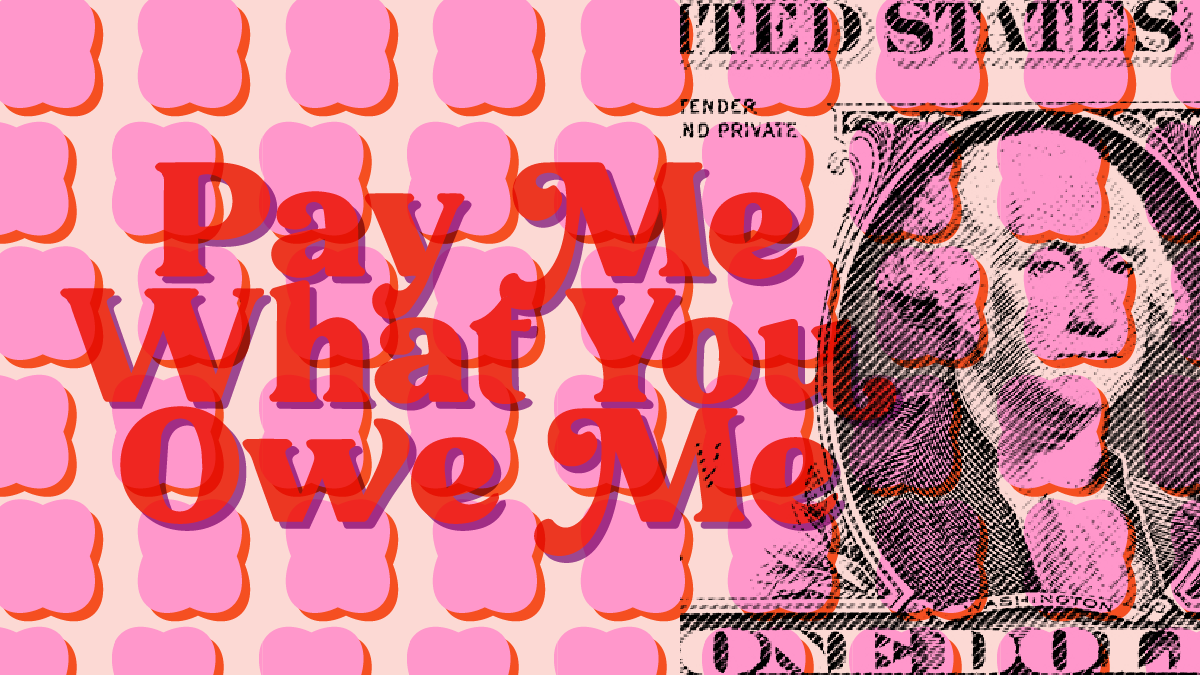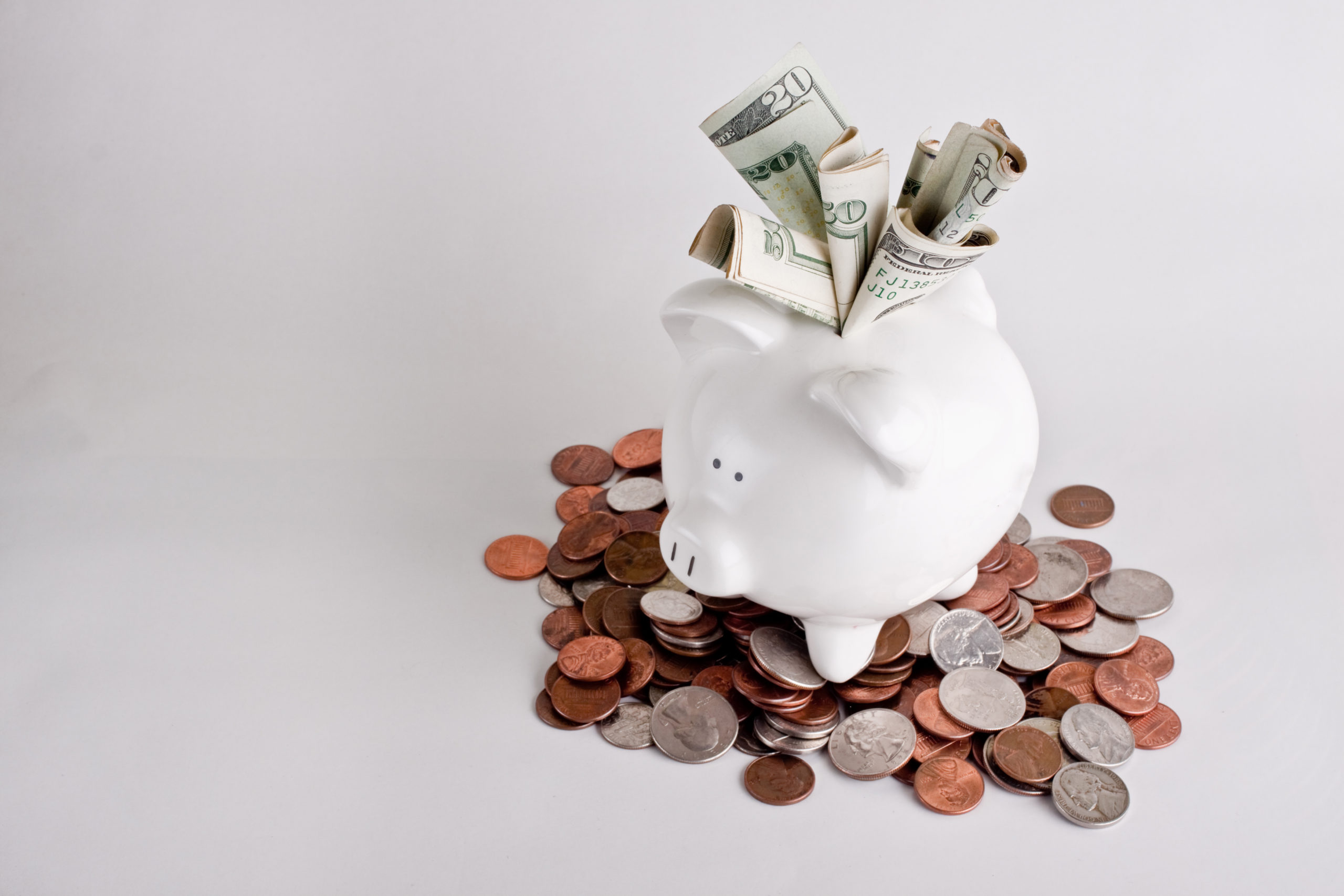Abortion rights, women of color, and LGBTQI+ people are under attack. Pledge to join us in fighting for gender justice.
Low-paid Women Workers on COVID-19 Frontlines Face a Double-Whammy of a Pandemic and a Gender Wage Gap, Says New NWLC Analysis
(Washington, D.C.) Equal Pay Day is Tuesday, March 31, the day which marks when women’s typical salary finally catches up to men’s typical salary from the year before. Given the essential roles many low-paid women workers are playing in the COVID-19 pandemic, the National Women’s Law Center is highlighting the wage gap’s negative impact on these workers who face an economic double-whammy of a massive crisis and a gender wage gap that pays them less than men doing the same job.
Women are two-thirds of the low-paid workforce in the country, routinely earning $12 or less per hour—and many are serving on the frontlines of the current crisis—working as home health aides, child care workers, and grocery store cashiers, for example, according to new analysis by the National Women’s Law Center (NWLC). Ninety-three percent of child care workers are women, and according to the latest Census data, they typically are paid just $22,000 per year, while men in those same positions are typically paid $27,000 per year. This means women child care workers are losing $5,000 each year to the gender wage gap. Eighty-five percent of home health and personal care aides are women—and the wage gap costs them $5,000 a year. Other low-paid jobs mostly done by women are being shed rapidly in the current crisis, and the gender wage gap leaves them with fewer resources to weather the storm. For example, 70 percent of restaurant wait staff are women—and they lose $6,000 a year to the wage gap.
Low-paid workers are disproportionately women of color, and for them, they will need to work several additional months—past today—in order to make what a white, non-Hispanic white man earned last year because they face a combined gender and racial wage gap. Black Women’s Equal Pay Day will land on August 13 this year, and Latinas will need to work until October 29 to catch up to white, non-Hispanic men’s earnings in 2019.
“This pandemic has made clear that we have long undervalued the essential work done by women in low-paid jobs—and now these women and their families are feeling the harsh effects of a gender wage gap that shortchanges them at a moment when they can least afford it,” said Emily Martin, NWLC Vice President for Education & Workplace Justice. “These women are getting hit the hardest by this public health crisis—and because of the gender wage gap, too many don’t have the nest egg that would make a big difference to them and their families as they’re given shorter schedules or suddenly laid off as businesses shut down. These lost earnings would help to pay rent, avoid eviction, buy food and support their families. This crisis should be a wake-up call for policymakers to ensure that we finally value the work that women do.”
Topline data include:
- 93 percent of child care workers are women—and they lose $5,000 a year to the wage gap.
- 85 percent of home health and personal care aides are women—and they lose $5,000 a year to the wage gap.
- 88 percent of hotel maids and housekeepers are women—and they lose $5,600 a year to the wage gap.
- 70 percent of restaurant wait staff are women—and they lose $6,000 a year to the wage gap.
- 66 percent of grocery store cashiers/salespeople are women—and they lose $3,000 a year to the wage gap.
NWLC wage gap and workplace experts are available to discuss the impact of the gender wage gap on low-paid women workers—at this pivotal moment of a devastating global health crisis.
Additional NWLC wage gap analysis can be found here.





